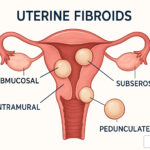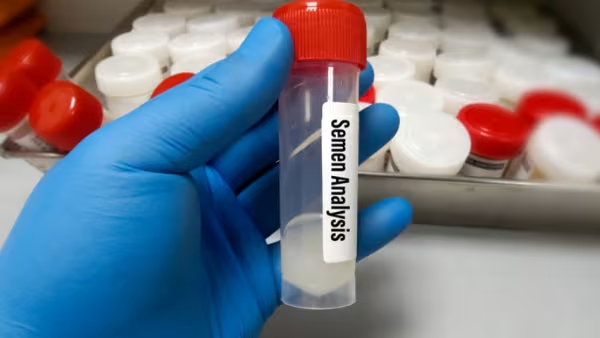
What You Should Know About Visiting a Hormone Specialist
September 9, 2025
The Importance of Gynecology in Managing Uterine Health
September 9, 2025In vitro fertilization (IVF) is a series of procedures used to help with fertility and assist with the conception of a child. During IVF, mature eggs are collected from the ovaries and fertilized by sperm in a lab. Then the fertilized egg, known as an embryo, is transferred to a uterus. Here is more information about treatments for couples facing male infertility:
Men With Low Sperm Counts
A low sperm count is diagnosed when a man has fewer than 15 million sperm per milliliter of semen. This condition reduces the chances of a sperm naturally reaching and fertilizing an egg. IVF addresses this challenge directly. The process involves retrieving eggs from the female partner and fertilizing them in a controlled laboratory setting.
Because fertilization happens outside the body, the number of sperm required is significantly lower than for natural conception. The laboratory environment brings the egg and sperm into proximity, facilitating fertilization that might not occur otherwise. Even with a limited number of sperm, couples may achieve successful fertilization.
Once the fertilized egg develops into an embryo, specialists typically monitor it. This is for proper growth before being transferred to the uterus. This step may maximize the chances of implantation and successful pregnancy, offering a solution to individuals and couples facing infertility challenges.
Men With Low Sperm Motility
Sperm motility refers to the ability of sperm to move efficiently. For natural conception to happen, sperm must travel through the female reproductive tract to reach the egg. Poor motility means the sperm do not swim properly, which presents a barrier to fertilization.
IVF procedures are designed to overcome this obstacle. Since the sperm are placed directly with the egg in a petri dish, the need for the sperm to travel a long distance is removed. The controlled environment of the lab makes it possible for even slow-moving sperm to fertilize an egg. This method bypasses the natural journey that sperm with low motility may be unable to complete on their own.
Those With Abnormally-shaped Sperm
The shape of a sperm influences fertility because abnormally-shaped sperm may find it difficult to penetrate the outer layer of an egg. An unusual shape can hinder the sperm’s ability to swim or bind with the egg. In IVF procedures, lab technicians select the most viable sperm from a sample. They then use these selected sperm for fertilization. By choosing the healthiest-looking sperm, they may increase the chances of successful fertilization. This selection process prevents issues that might arise during natural conception attempts.
Advanced IVF Device Methods
For some instances of infertility, doctors use an innovative treatment that places eggs and sperm together in a small, specialized device. They then insert this device into the woman’s body. This method enables fertilization and early embryo development to occur naturally within the body, rather than in a laboratory. After a few days, doctors remove the device and assess the resulting embryos before transferring them to the uterus. This approach offers a more intimate alternative to traditional IVF while still utilizing advanced reproductive techniques.
Schedule IVF Treatments
IVF and its associated advanced methods offer practical solutions for various sperm-related issues, from low count to poor motility and morphology. These technologies work by facilitating the fertilization process in a controlled setting. If you are exploring fertility treatments, speaking with a specialist will provide personalized information. To learn more about how IVF services can support you, contact a fertility clinic to schedule a consultation.
- Soutaipasu: Exploring the Unique Japanese Subculture and Fusion Cuisine
- Wollmatten Guide: Benefits, Uses, Care Tips & Buying Advice for Natural Wool Mats
- Jadeitový kameň: Účinky, využitie, druhy a kompletný sprievodca
- Escapamento RD: Guia Completo, Modelos, Desempenho e Como Escolher o Melhor para Sua RD
- Sodiceram: Benefits, Uses, Installation & Complete Guide for Homeowners




